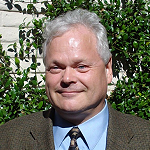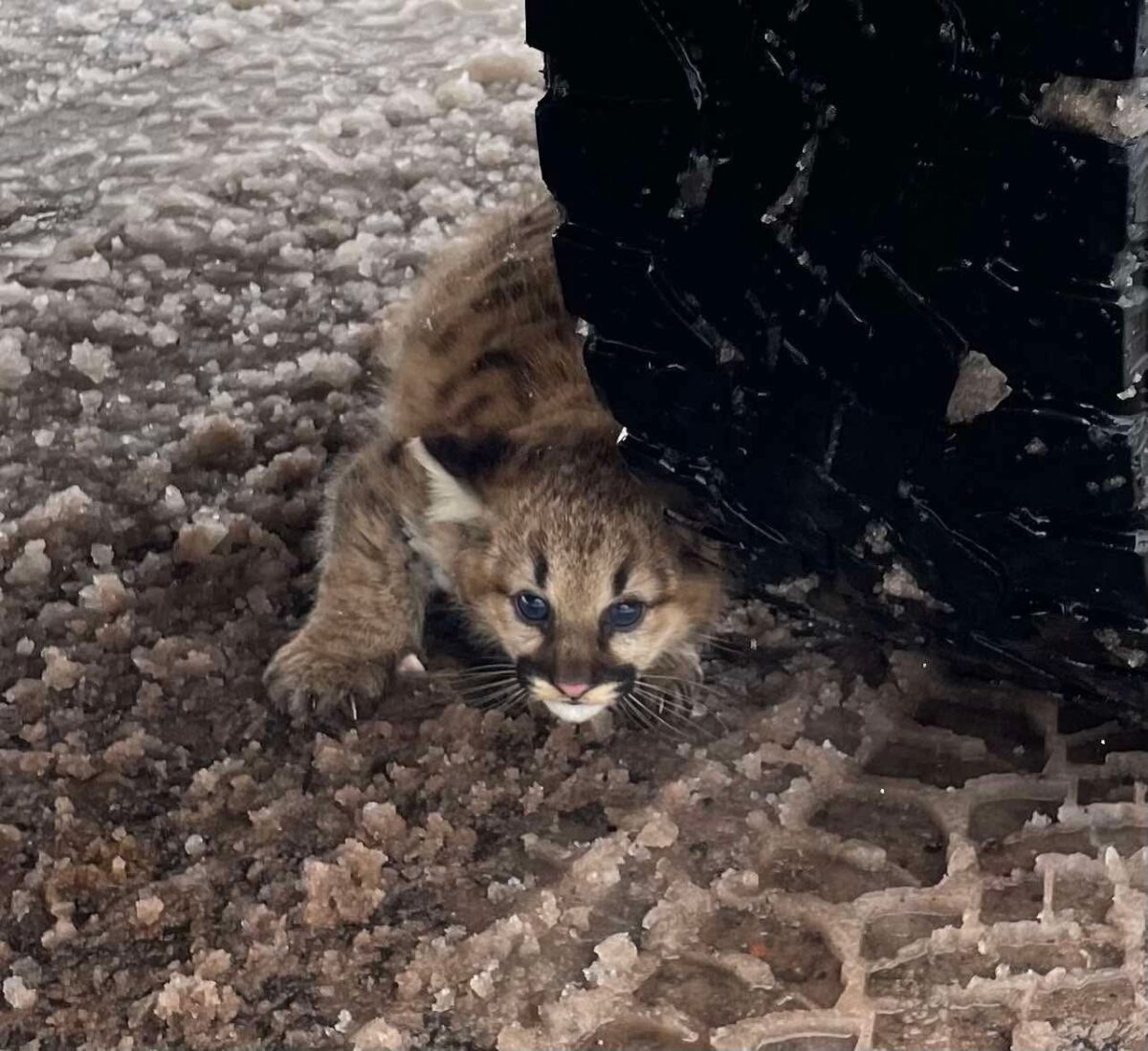 Sometimes, as we meander through life, we fail to acknowledge the contributions of others to our successes. That is, we forget to say thank you, especially to nonhumans. For my part, I would like to correct this oversight by acknowledging the importance of cats – especially mountain lions – in providing me with an important reason for living a useful life.
Sometimes, as we meander through life, we fail to acknowledge the contributions of others to our successes. That is, we forget to say thank you, especially to nonhumans. For my part, I would like to correct this oversight by acknowledging the importance of cats – especially mountain lions – in providing me with an important reason for living a useful life.
My childhood was essentially unremarkable, culminating in graduation from Terra Nova High School in 1969. Interestingly, it was a seminal year in the evolution of the modern environmental movement. The important books Silent Spring and Born Free had already begun to increase public awareness and improve the public’s perception of wildlife, especially lions. In January of that year, an oil spill in Santa Barbara, California, and – in June – a fire on the Cuyahoga River in Ohio, officially inaugurated the modern popular environmental movement. That same year, I saw the 1964 movie Born Free, the story of Elsa the lioness. Her story led many people to acknowledge the complexity of other beings, including wild felines. Nearly simultaneously, I discovered the January 1969 issue of the Defenders of Wildlife News, the front cover of which featured an animal that would forever alter the trajectory of my life. It featured an image of a reposing cougar peacefully surveilling its rocky, barren surroundings. These two events exerted a synergistic effect on my interest in wildlife conservation, especially felid conservation.
Wild felines were in trouble. In that year, one authority estimated that India’s wild tiger population had fallen below 1,000. At the same time, the Italian actress Gina Lollobrigida appeared on the covers of fashion magazines wearing a tiger skin coat made from the skins of over 100 tigers. This fashion trend was accelerating, threatening the animals’ continued existence. The news guided my academic choices and inspired me to be increasingly involved in feline conservation.
The opportunity arose immediately. In the early 1970s, California conservationists united to propose a ban on legal mountain lion hunting formed The Coalition to Save the California Mountain Lion. The Coalition (which ultimately became the Mountain Lion Foundation) wanted to gather a scientifically determined lion population estimate and allow for behavioral research by means other than those using the scope of a rifle. I became deeply involved in the campaign to pass Assembly Bill 660, the successful passing of which began a moratorium on cougar hunting that lasted for years. I was elated.
That same year, on a hiking trip to Mount Shasta, I met my first cougar. Unfortunately, this was a mounted mountain lion exhibited at a natural history museum operated by the National Park Service. Seeing this taxidermic animal, I was enthralled by its beauty and simultaneously horrified that it had died for a seemingly senseless reason. I promised myself that I would do all I could to prevent similar things from happening to other animals.
As I began my undergraduate studies in biology, two more events converged to influence the trajectory of my life. First, I began to experience vision failure, thus eliminating any prospect of becoming an ethologist in the tradition of George Schaller, who had just published his major treatise, The Serengeti Lion. This would become the first book that I read as a visually impaired person. Actually, I had to have the book transcribed onto reel-to-reel tape so that I could listen to it, the original reels of which I still possess as a memento. Second, I was adopted by a cougar-colored abandoned domestic cat who would provide me with an important personal link to all cats, domestic and wild, throughout the remainder of my undergraduate career.
Butch, the cat, would be with me during the decade that I attempted to negotiate the vagaries of obtaining a college education. She would demonstrate conclusively to me that the domestic cat is capable of complex cognition and of forming powerful friendships, probably even loving relationships. Based on the notion of common ancestry, and because of biological similarities, I assumed that wild felids, including cougars, were as emotionally complex as Butch. I began to believe that wild cats deserved the same degree of respect as we granted to domestic cats.
Nearly at the same time, I had the unfortunate experience of visiting The San Francisco Zoo, where I watched a mother leopard obsessively grooming her single cub for over three hours, probably because her enclosure had absolutely nothing else in it other than the mother and her cub. This event was so disturbing to me that it would be the last time that I would enter a zoo for nearly a decade. I promised myself I would do something about the conditions of wild animals in captivity, and this event would ultimately dictate my decisions about what to do when I finally graduated and became an adult.
In the early 1980s, after graduating from California State University San Francisco with degrees in Ecology and Zoology, I was considered for a position within the California State Department of Fish and Game. I came to discover that, if hired, I would be studying migration corridors and managing populations of important game species, including ducks and deer. This focus on what was essentially wild animal ranching was not especially interesting to me, so I began to investigate alternative fields of study in biology. I soon discovered the concept of Behavioral Enrichment through environmental engineering for captive animals, which would become one focus of my graduate research. Ultimately, our lab produced projects ranging from developing complex, interactive environments for tigers – environments that actually allowed captive tigers to behave like free-living tigers – to other projects that investigated the effects of providing acoustic prey to captive cougars. Finally: an opportunity to work around a mountain lion! Ultimately, after receiving a doctorate in Psychobiology from U. C. Davis, I would have the privilege of developing an academic program teaching in the area of captivity and behavior.
I conducted my graduate work within the Department of Psychology at The University of California, Davis. Imagine my surprise when, on my first day in the Psychology building, typically devoid of animals other than humans, I discovered the inexpertly taxidermic mountain lion head on my assigned bookshelf.
After repeated inquiries to all of the departments throughout the university, no one could account for the mysterious appearance of this cougar head. To this day, its appearance is a mystery. This grotesque totem would be my companion all of the way through graduate school. It is ironic that the one person on the U.C. Davis campus who would be troubled by such an apparition would be the very one receiving it. The head would ultimately disappear as mysteriously as it appeared, stolen from our offices within a month of my graduation.
In 1990, after I had been distracted from mountain lion issues because of academic necessity, Proposition 117, written to protect mountain lions from scientifically unsupportable sport hunting, was placed on the ballot in California. During the campaign for Proposition 117, a television commercial documented the manner in which mountain lions, pursued and harassed by packs of hounds, then forced into trees, were assassinated by hunters and their guides. Hearing this image described to me, I felt a sense of outrage that reignited my passion for the animal that had motivated me to persevere through my college career. The combined outrage and cooperative efforts of those respecting mountain lions prevailed, and cougars became a protected species in California. This success energized me in such a way that I eventually completed my graduate program. Having earned a total of five degrees, I now had the wherewithal to speak authoritatively for lions, and even the financial ability to put a bit of money where my – and their – mouths were.
It is fair to conclude that the mountain lion, or the mascot of the very college at which I teach – the panther – gave me the motivational underpinnings and future vision to create a meaningful life. Consequently, I would like to express my gratitude to the lions of the Americas for providing me with a reason to persevere. In gratitude, I promise to continue to do as much as I can to ensure their future survival and to promote the greater knowledge of and respect for this remarkable creature, The Mountain Lion: America’s Lion. Thank you, lions! With gratitude, Chris Thomas Tromborg, Ph.D.



 Facebook
Facebook Twitter
Twitter Send Email
Send Email


